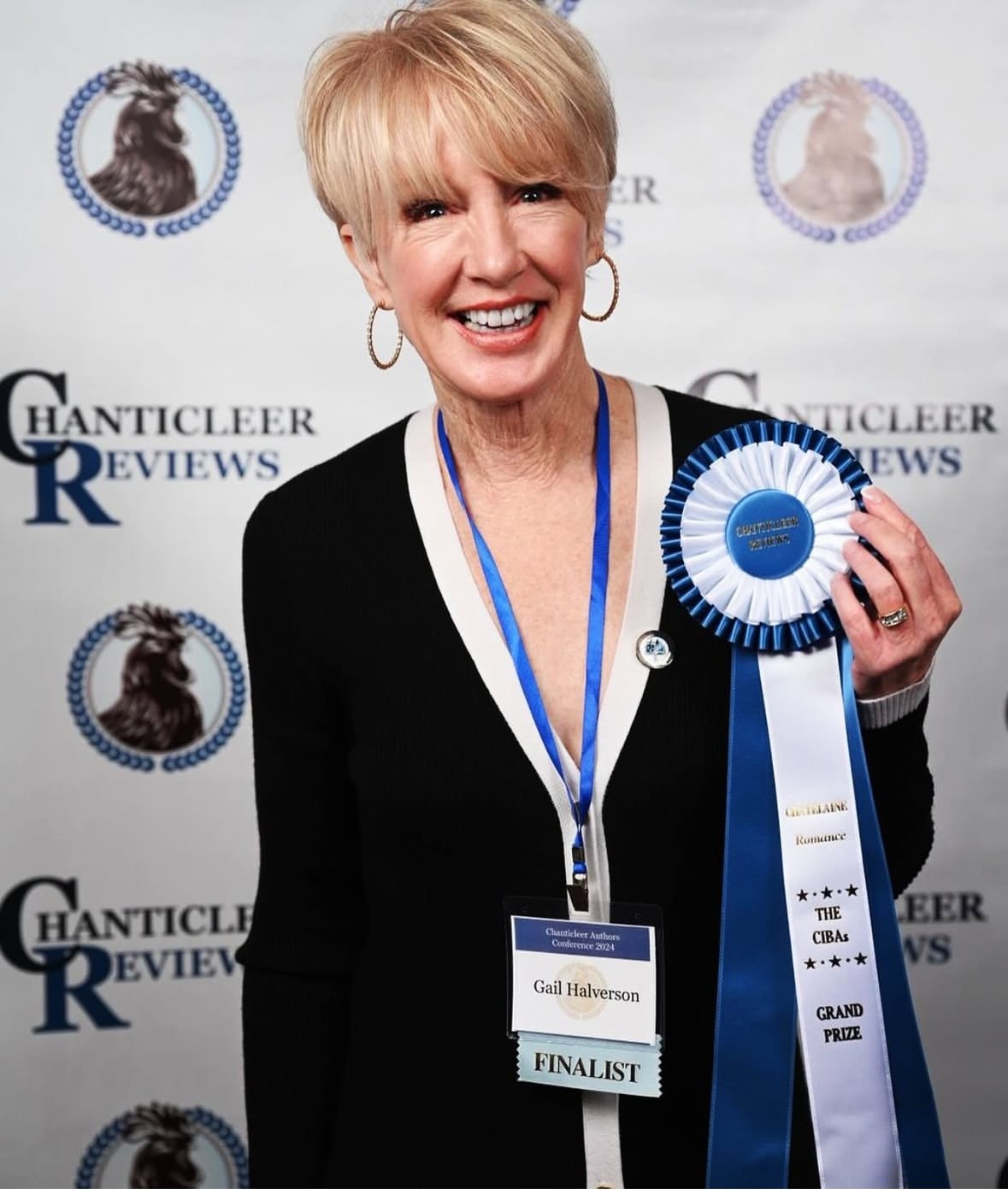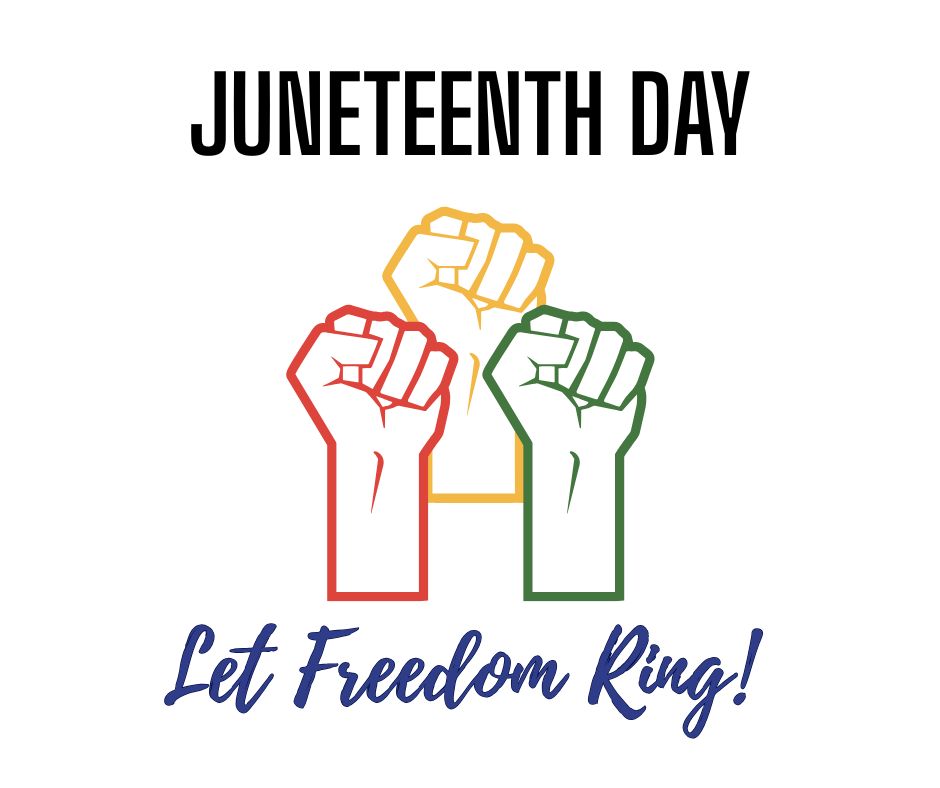
Welcome to Chanticleer Reviews Part Three of a Four Part Series on How to Market Your Books in Today’s Publishing World with Leadership Communication Skills
Writing craft is the key to being an author, but engaging people is the key to building a readership and a fan base.
As an author, lead the way to creating the digital paths that will help people discover your books. And today, that means communicating via the Internet.
Author Leadership Communication has Four Cornerstones
- Creating an Author Identity & Branding
- Establishing Author Credibility and Competence
- Creating Shared Content
- Committing to Action and Making a Plan (forthcoming)
We have discussed the first two cornerstones: 1) Creating Author Identity and Branding, and 2) Establishing Credibility and Competence as an Author. Links are above.
Part 3. Creating Shared Content
Authors must engage with their readers to maintain TOMA (Top of Mind Association) with them or another author definitely will.
Authors can share the experiences of their works (novel) with their readers with the following Interverse platforms:
- Blog posts, website
- Twitter, Pinterest, Instagram, Reddit, KBoards, Wattpad
Find the social media platform that appeals to your target audience of readers
- Google+ Community posts & G+ Pages & G+ postings

Keeping Engaged with Readers
What Types of Content should Authors Create to Keep Readers Engaged?
- Photos & Visual Graphics
- Inspiration for the novel: Do not underestimate how interesting it is to readers to have a sneak peek into what inspired you to create a work. Was it an historical source, an experience, a landscape, a person, a piece of clothing? Are there photos or graphics that communicate these ideas. One of my favorite authors, Joannah Miley, has a Pinterest Board with photographs of clothing and accessories that the goddesses in her novel, The Immortal Game, wear. Her readers love it! When Joannah launches her second in the series, her readers will be ready to read it because she has kept them engaged!
- Tweet out (about one in ten tweets) intriguing passages of your book with a Bitly.link to your website – not Amazon! This is about building and maintaining reader relationships–not selling your book.
- Create posts about how you write:
- Do you write first thing in the morning? Late at night?
- Can you only write in coffee shops?
- Does your cat sit on your lap? Your dog by your side?
- Are you a pantzer or an outliner?
- Did you research a particular area or geography?
- What kind of music do you listen to while you write?
- Be sure to put this kind of information in a context to make it an emotional, personal connection, but not too much personal information–only the information that moves your author branding forward.
- Are you thinking of your next work? If so, let your the people who connect with you in the Interverse know. Better yet, ask your followers what their thoughts are about specifics of your work.
- Make your posts relevant and meaningful according to what is appropriate for the social media platform.
- Tag others in your social media posts if the post is flattering, fun, or inspirational.
- What activities do your characters engage in: cooking, photography, selling real estate, making pottery, tattoo artistry, working in a coffee shop? Seek out social media communities who can relate to your characters’ traits, occupations, and hobbies.
- Reference other authors who write in your genre. Readers are always searching for other authors to read while their favs are in between book launches (which is why you need to maintain your connection with them). Authors, even NY Times best selling authors are more apt to give your book a quote or a blurb when they see that the request is coming from a strong social media connection and not just out of the blue.
- Make sure that your followers know that it is okay with you that share your content, create links, and tag you in social media and blog posts. Better yet, thank them profusely when they do and then reciprocate when possible.
- Acknowledge who inspires you, where you learned a particular writing craft skill, personal relationships that have impacted your own life, public figures whom you admire, and other authors and their works that have inspired you. This type of leadership communication will help you build trustworthiness with potential readers whom you may never meet in person, so you must show and share strong credentials along with what motivates you to write.
Most Importantly > START THE CONVERSATION
Be the first one to make the move to say ‘Hi!’ Make the “friend request,” follow on Twitter, circle on Google+. Remember that the Interverse is one big cocktail party. You don’t want to be the wallflower, nor the gal wearing the lampshade, nor the obnoxious relative selling whatever. What you do want is to make new connections and expand your network of potential readers.
Please do not be the bore who dominates and hijacks social media conversations. You can be selective about which posts to interact with, but do stay on topic.
Be sure to reciprocate by LIKING, COMMENTING, RE-TWEETING, INTERACTING, and SHARING with potential readers.
Communication is a two-way street. You can’t expect people (readers) to interact with you in social media if you don’t interact with them–that is unless you are a celebrity with hundreds of thousands of fans.
 As an author, lead the way to creating the digital paths that will help people discover your books. And today, that means communicating via the Internet.
As an author, lead the way to creating the digital paths that will help people discover your books. And today, that means communicating via the Internet.
Be courageous in creating the digital pathways that will lead your targeted audience of readers to your books. Let your passion for writing and storytelling shine! Then allow evidence of your competence and credibility of being an outstanding author encourage engagement. The evidence should come from others: editorial reviews, notable authors, experts in the field/genre, writing award competitions, and quotes from readers. Be sure to post on your website, in your social media posts, and on the platforms where you books are sell. Make sure that your accolades give credit, attribution, and links to their sources.
INFORM, INVOLVE, ENGAGE
As an author, lead the way to creating the communication paths that will help people discover your books.
My next post in this Leadership Communication Series will be about Committing to Action by Developing a Communication Strategy to Engage Readers.
Up-to-date practical, effective marketing and promotional skills are Kiffer Brown’s forte.
 Honed business experience and an entrepreneurial spirit, along with a true understanding “that nothing happens until something is sold” is what Kiffer Brown brings to the table. Kiffer presents at numerous writers conferences and publishing conventions. She is a media scout for executive film producers, literary agents, and publishing houses. She searches for today’s sparkling gems that will become tomorrow’s best sellers. She truly loves what she does and her passion shows.
Honed business experience and an entrepreneurial spirit, along with a true understanding “that nothing happens until something is sold” is what Kiffer Brown brings to the table. Kiffer presents at numerous writers conferences and publishing conventions. She is a media scout for executive film producers, literary agents, and publishing houses. She searches for today’s sparkling gems that will become tomorrow’s best sellers. She truly loves what she does and her passion shows.
She has presented at Writer’s Digest National Conferences in NYC, RWA National Conferences, Emerald City Writers Conferences, PubSense Summits, PNWA conferences, and others. She is the founder and president of Chanticleer Book Reviews and International Writing Competitions, L.L.C. and the publisher of Chanticleer Reviews. She is the organizer of the Chanticleer Authors Conference, which focuses on the business and marketing side of being an author in today’s world of publishing. You reach her at KBrown@ChanticleerReviews.com









[…] Creating Shared Content to Engage Readers […]
[…] Tools also aid in keeping TOMA (Top of Mind Awareness) and reinforces your book with visual images and […]